Features of python
Python provides many useful features which make it popular and valuable from the other programming languages. Python programming language is not young by any means. While it’s not quite as old as some of the other languages, it’s still been around for longer than most people think. It was first released in 1991, and, though it has changed considerably over the years, it’s still used for the same things it was back then.
Python has become hugely popular and even today there are thousands who are learning this Object-Oriented Programming language. If you are new to the world of programming, you have already heard the buzz it has created in recent times because of the features of Python and must be wondering what makes this programming language special.
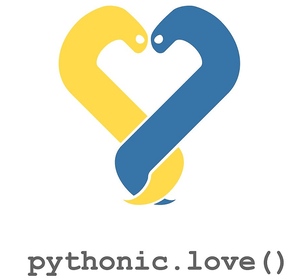
Features of Python Programming
Here are some of the reasons why our love story with Python is better than Romeo and Juliet‘s.
Simplicity and Easy to learn

Python is easy to learn as compared to other programming languages. Its syntax is straightforward and much the same as the English language. Python is very easy to learn the language as compared to other languages like C, C#, Javascript, Java, etc. It is very easy to code in the python language and anybody can learn python basics in a few hours or days. It is the recommended programming language for beginners. The main feature of the language is its pseudo-code nature. It helps you to concentrate on solutions rather than the language.
Object-oriented Programming
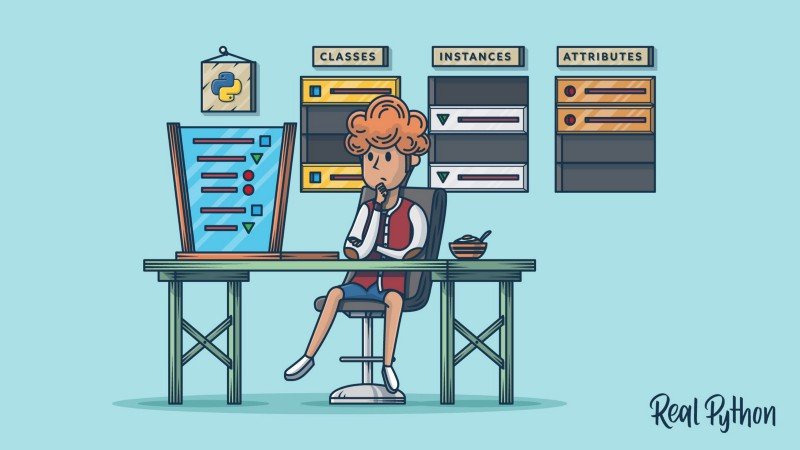
Python is a multi-paradigm programming language. It supports different programming approaches.
One of the popular approaches to solving a programming problem is by creating objects. This is known as Object-Oriented Programming (OOP). Like other general-purpose programming languages, Python is also an object-oriented language since its beginning. It allows us to develop applications using an Object-Oriented approach. In Python, we can easily create and use classes and objects.
An object-oriented paradigm is to design the program using classes and objects. The object is related to real-world entities such as a book, house, pencil, etc. The oops concept focuses on writing the reusable code. It is a widespread technique to solve the problem by creating objects.
Free and Open source

Python is a free, open-source programming language that is available for everyone to use. It also has a huge and growing ecosystem with a variety of open-source packages and libraries. If you would like to download and install Python on your computer you can do it for free at python.org. Python — the standard for the programming language, and CPython — the reference implementation of said standard, are licensed under PSFL, a license compatible with free software licenses like GPL,(it is actually more permissive than GPL).
This means they are open source, and the source code for CPython is available at the official site. There is nothing that prevents someone from implementing the Python standard as proprietary software, however, most Python implementations are open source (i.e Jython, IronPython, PyPy). There are some esoteric implementations that are proprietary.
High-level language
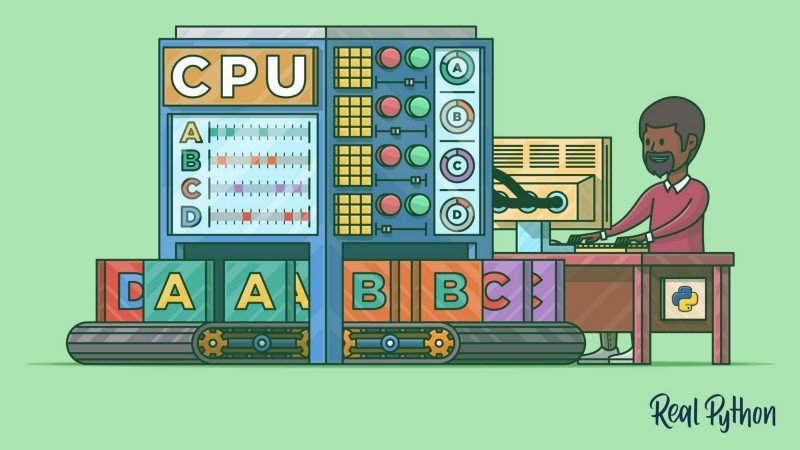
According to the basic principle of coding, the factor that makes a language high level is its distance from machine binary code. How many layers of code the language is away from the machine’s simple 0s and 1s is what practically decides the level of any programming language.
In the software engineering world, Python is understood as a high-level, interpreted general-purpose language. This means it is not your straight compiled language (like Java or C) but an interpreted dynamic language that has to be run in the given system using another program instead of its local processor.
which means that when you code in Python you don’t need to be aware of the coding structure, architecture as well as memory management.
Interpreted Language
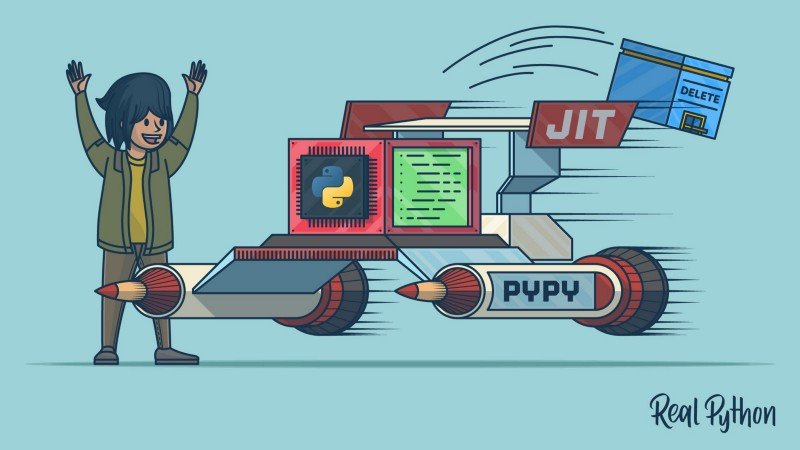
Python is an “interpreted” language.
This means it uses an interpreter. An interpreter is very different from a compiler.
An interpreter executes the statements of code “one by one” whereas the compiler executes the code entirely and lists all possible errors at a time.
That’s why python shows only one error message even though your code has multiple errors. Like other languages C, C++, Java, etc. there is no need to compile python code this makes it easier to debug our code. This will help you to clear errors easily and it definitely will increase the execution speed.
Portable / Cross-Platform
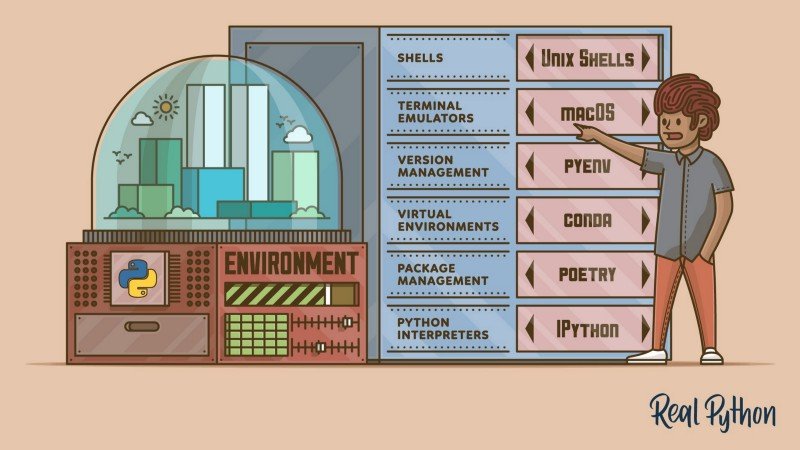
Python is a portable language that can take one code and run it on any machine. For example, suppose you are running Python on Windows and you need to shift the same to either a Mac or a Linux system, then you can easily achieve the same in Python without having to worry about changing the code.
Extensible and Embedded

If needed, you can write some of your Python code in other languages like C++ or C which makes Python an extensible language, meaning that it can be extended to other languages.
It is also possible to put our Python code in a source code in a different language like C++ i.e We can embed Python with C or C++ programs.
Dynamic Memory Allocation

Dynamic memory allocation is mostly a non-issue in Python. Everything is an object, and the reference counting system and garbage collector automatically return memory to the system when it is no longer being used. Python is dynamically typed. This means that the type for a value is decided at runtime, not in advance.
This is why we don’t need to specify the type of data while declaring it.
Extensive Array of library
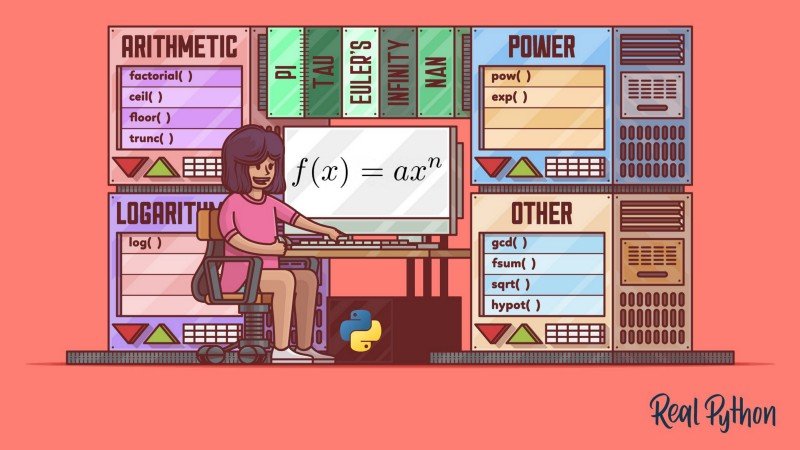
Python supports a large set of libraries and provides thousands of functionality to the developer for developing successful applications. This is one of the major reasons why python has become popular among the programming community. Nowadays, a lot of researchers use python language for their scientific programming. There are over 296,000 python libraries present today. Python libraries play a vital role in developing machine learning, data science, data visualization, image and data manipulation applications, and more.
GUI Programming support

Python offers multiple options for developing GUI (Graphical User Interface). It has a vast number of GUI frameworks (or toolkits) available for it, from TkInter (traditionally bundled with Python, using Tk) to several other cross-platform solutions, as well as bindings to platform-specific (also known as “native”) technologies.
If you like what we do and want to know more about our community 👥 then please consider sharing, following, and joining it. It is completely FREE.
Also, don’t forget to show your love ❤️ by clapping 👏 for this article and let us know your views 💬 in the comment.
Join here: https://blogs.colearninglounge.com/join-us
